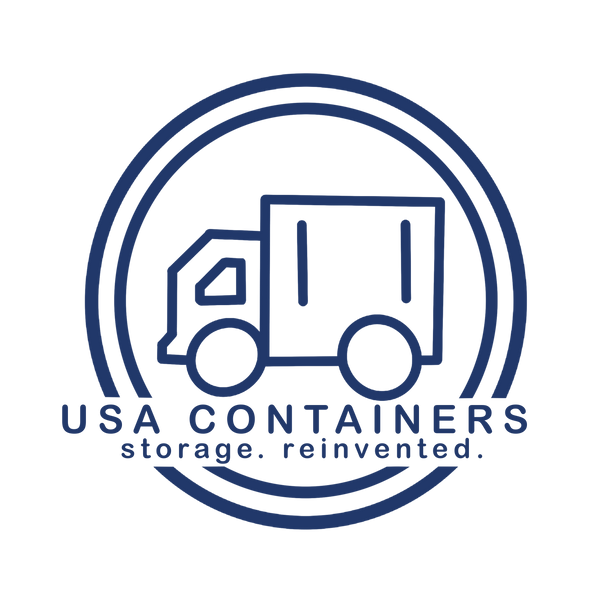
Mobile STEM Labs: How Shipping Containers Are Rewriting the Future for Students
Share
Shipping containers are being transformed into mobile STEM labs, offering students in remote areas a chance to tinker with robotics, learn to code, experiment with 3D printing, and explore the sciences in a hands-on way that textbooks alone can’t match.
Thinking Outside the Box
Repurposing shipping containers isn’t new—they’ve been used for pop-up shops, homes, garages, workshops, offices, cafes and more—but converting them into STEM labs brings a fresh sense of purpose. These labs-in-a-box are typically retrofitted with electricity, Wi-Fi, climate control, and modern equipment like microscopes, VR headsets, laptops, and soldering stations.
Why shipping containers? They’re durable, portable, and relatively inexpensive compared to building permanent structures. Their modular design makes them easy to customize and expand. In short, they’re the perfect blank canvas for high-impact learning on the go.
And it’s not just about convenience—it’s about equity.
Bridging the Opportunity Gap
Students in rural areas often don’t have the same access to science and tech resources as their urban counterparts. Distance from universities, limited school funding, and teacher shortages all contribute to a growing opportunity gap.
Mobile STEM labs tackle that gap head-on.
By pulling into a school’s parking lot, a community center, or even a church lot, these labs bring resources directly to the students. No buses to distant field trips. No waiting for new facilities to be built. Just show up, power on, and dive into hands-on learning.
What’s Inside a Shipping Container STEM Lab
A walk through one of these mobile labs might surprise you. Far from a stripped-down classroom, they often feel like high-tech maker spaces. Workbenches line the walls, stocked with tools for engineering and experimentation. Touchscreen monitors display interactive lessons. In one corner, you might find a 3D printer turning out a student-designed prototype. In another, a group is learning to program drones to navigate obstacle courses.
The layout is intentionally compact but efficient. Think of it as a Swiss Army knife of STEM learning—everything you need, packed into a small footprint.
The Learning Experience
The best part? Students aren’t just watching—they’re doing.
A typical session might start with a quick overview of a concept, like Newton’s laws or the basics of circuit design. Then it’s straight into application: building a bridge from craft sticks and testing its strength, assembling a basic robot and programming it to move, or designing a simple video game.
For many students, this is their first experience working with advanced tech tools or participating in project-based learning. And the impact is immediate—engagement spikes, curiosity blooms, and suddenly, STEM doesn’t feel so out of reach.
Flexibility Meets Function
One major advantage of shipping container-based labs is their mobility. Programs can be rotated across multiple schools in a district, maximizing impact while minimizing cost. The labs can also be updated with new tech without the red tape of remodeling a permanent building.
Some districts have even started using these mobile units for teacher training and community workshops, offering parents and educators a chance to get involved and stay up to speed with modern technology trends.
Funding the Future
Bringing these mobile labs to life isn’t cheap, but compared to traditional construction, it’s a bargain. Many programs are funded through a mix of grants, corporate sponsorships, and educational partnerships.
Tech companies are increasingly eager to support STEM education, especially in underrepresented areas. Donating equipment, providing curriculum support, or sponsoring a shipping container build are all ways they’re jumping on board.
And the ROI? It’s not just about grades or test scores—it’s about inspiring a generation of thinkers, builders, and problem-solvers.
Real-World Examples
From the Mississippi Delta to the mountains of Appalachia, shipping container-based STEM labs are already making a difference. In Montana, one school district retrofitted two containers into a mobile science lab that rotates between five schools. In rural Texas, a nonprofit outfitted a lab focused entirely on agricultural tech, teaching students how to use drones to monitor crops and analyze soil samples.
These aren't one-size-fits-all solutions—they're tailored to meet the unique needs of each region. And that’s what makes them so effective.
PORT-Able Learning Lab | Corpus Christi, Texas
Looking Ahead
As the demand for STEM professionals continues to grow, preparing students for those careers has never been more critical. Mobile shipping container labs aren’t just a cool idea—they’re a smart, scalable solution that levels the playing field for rural students.
Imagine a future where every student, no matter their ZIP code, can design a robot, build a wind turbine model, or explore the human genome from a converted shipping container parked outside their school.
Shipping containers might not seem like the obvious answer to educational inequality, but that’s exactly what makes them brilliant. They’re affordable, adaptable, and impactful—bringing STEM to places where it’s needed most.
And as these mobile labs continue to roll into more communities, they’re not just delivering equipment and curriculum. They’re delivering possibilities.
Fill out the form below for a free shipping container quote from USA Containers:
